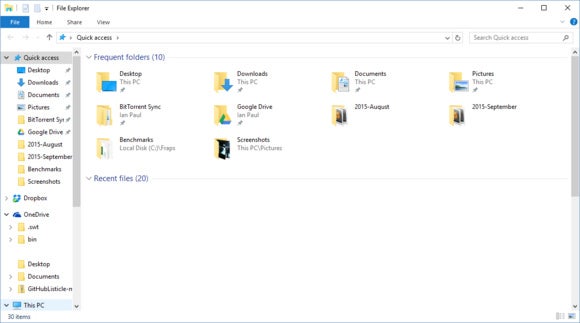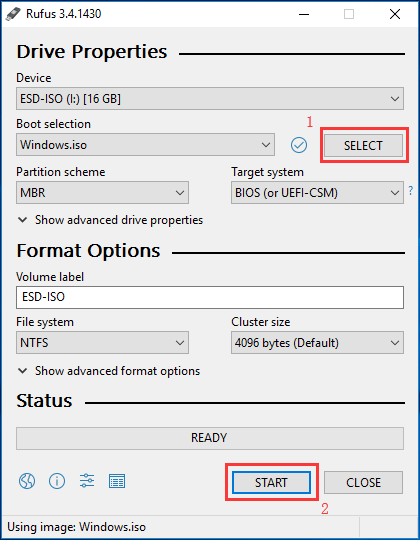
- #Customize windows image tools install#
- #Customize windows image tools windows 10#
- #Customize windows image tools pro#
Mapped folders: Share folders from the host with read or write permissions.Networking: Enable or disable network access within the sandbox.If vGPU is disabled, the sandbox will use Windows Advanced Rasterization Platform (WARP). vGPU (virtualized GPU): Enable or disable the virtualized GPU.Today, you can configure four different settings to configure the Windows Sandbox. The sandbox configuration files are formatted as XML and use the. For that, you can use config files that allow you to customize the sandbox during startup. However, in many cases, you want to spin up a customized environment with already preinstalled tools or access to local files.
#Customize windows image tools install#
You can install Windows Sandbox as an additional feature in the Control Panel or by simply running the following PowerShell command as administrator:Įnable-WindowsOptionalFeature -FeatureName "Containers-DisposableClientVM" -All -OnlineĪfter running that command, you will need to restart your computer, and after the reboot, you can start using the Windows Sandbox directly from the Start menu.Ĭustomize Windows Sandbox with Configuration Filesīy default, Windows Sandbox spins up a default image.


#Customize windows image tools windows 10#
#Customize windows image tools pro#

Software and applications installed on the host aren't directly available in the sandbox. You get a brand-new instance of the sandbox every time you open the application. When it's closed, all the software and files and the state are deleted. Software installed inside the Windows Sandbox environment remains "sandboxed" and runs separately from the host machine.Ī sandbox is temporary. Windows Sandbox provides a lightweight desktop environment to run applications in isolation safely. In this blog post, I will show you how you can set up, configure and customize Windows Sandbox in Windows 10 using advanced Windows Sandbox config files. Windows Sandbox is based on Hyper-V technology and allows you to spin up an isolated, temporary desktop environment where you can run untrusted software.


 0 kommentar(er)
0 kommentar(er)
